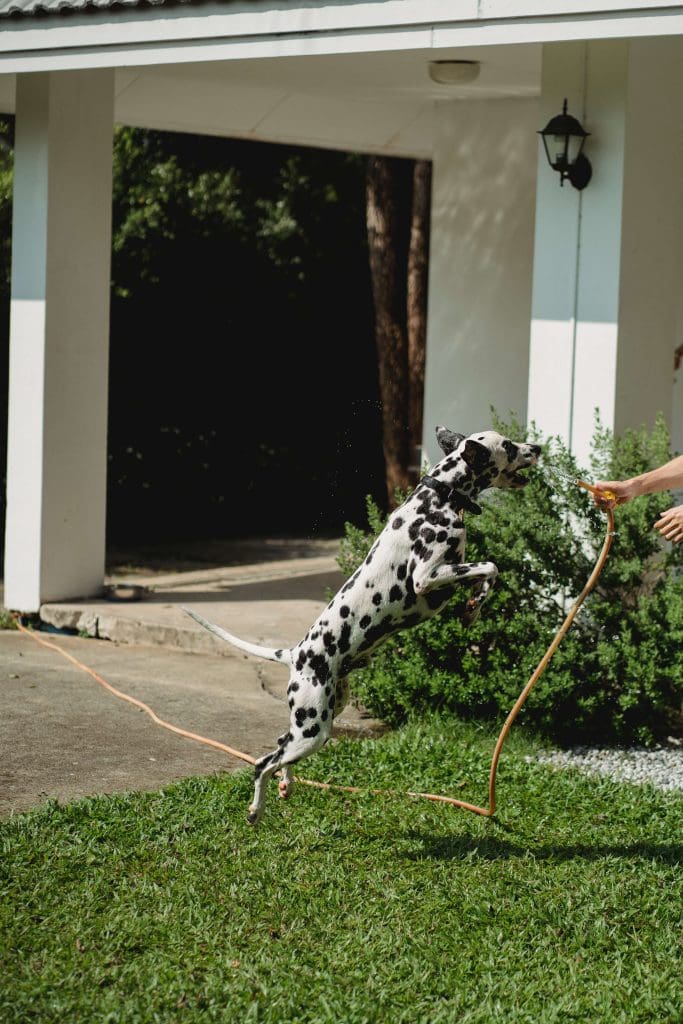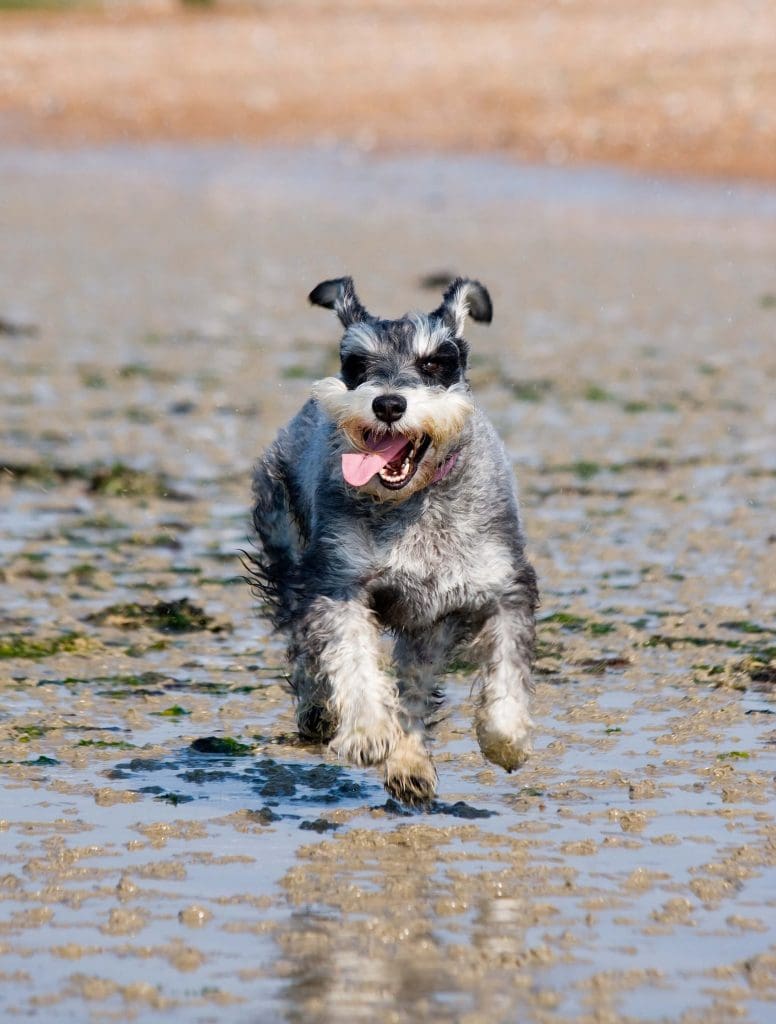Whether you have a rambunctious puppy or a nap-loving senior, exercise is crucial for your dog’s physical and emotional well-being. But how much is enough?
Expert recommendations range from 30 minutes to two hours of daily exercise, but setting realistic goals for physical activity depends heavily on your dog’s age, breed, and physical condition. Learn the tell-tale signs of an under-stimulated pup, and make a plan to integrate a healthy new habit into your daily routine.
 Is my dog getting enough exercise?
Is my dog getting enough exercise?From bassets to retrievers, short walks for bathroom breaks likely aren’t enough activity for your dog. When our pups don’t have opportunities to burn off energy in a healthy way, you’re likely to notice some undesirable changes, like:
Gradually introducing more activity into your dog’s routine is often one of the simplest and most effective ways to address a myriad of health and behavioral problems.
Think beyond your routine walk! Just like humans benefit from mixing up their exercise regimen and incorporating activities they enjoy, your dog’s workout doesn’t have to feel like work.
Age and breed are important considerations for choosing the right activities for your dog. Pups with flat faces like pugs and bulldogs aren’t likely to relish a trail run in the way that a working breed, like a retriever or shepherd, would. In fact, sustained high-intensity exercise can be dangerous for dogs who have joint or respiratory issues.
Dogs who are smaller, older, or acclimating to regular physical activity may benefit more from shorter periods of less intense exercise. A few games of fetch throughout the day or a quick swim in the local lake all count towards your pup’s daily movement quota.
Just like a lack of exercise can contribute to an assortment of health and behavioral problems, regular movement is fantastic for your dog’s total body wellness.

A body in motion tends to stay in motion. Age-appropriate exercise protects the joints by keeping the stabilizing muscles strong and toned as dogs get older.
Additionally, physical activity plays an important role in weight management. Check in on your dog’s body condition score, and incorporate exercise to help keep your pup at a healthy weight for their joints.
Exercise isn’t just physical – dogs crave activities that challenge their minds.
Mental stimulation is particularly important for dogs who have been bred to perform a particular task, like hunting or retrieving. The best activities for these pups will be ones that help them meet this intrinsic need.
Take “fetch” to the next level by hiding favorite toys around the house, or set aside time to learn a new command. High-energy pups may also enjoy conquering an outdoor obstacle course.
The need for regular movement is just one more thing we have in common with our dogs. Make exercise special by choosing activities you both enjoy.
Spending this time with your best friend is likely to benefit you both. Studies show that dog owners are significantly more likely to achieve their own fitness goals than people without pups – just one more reason to get moving.